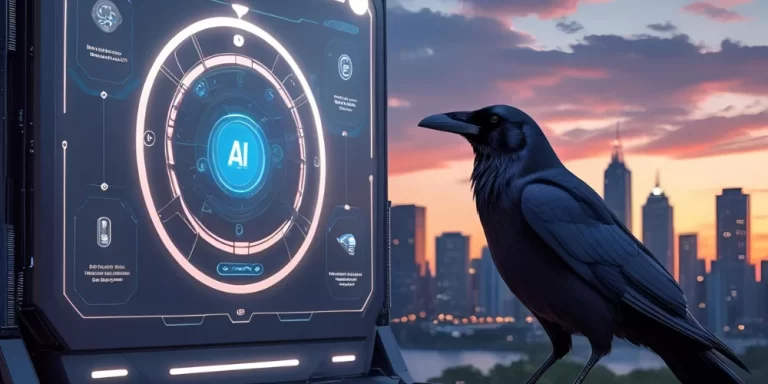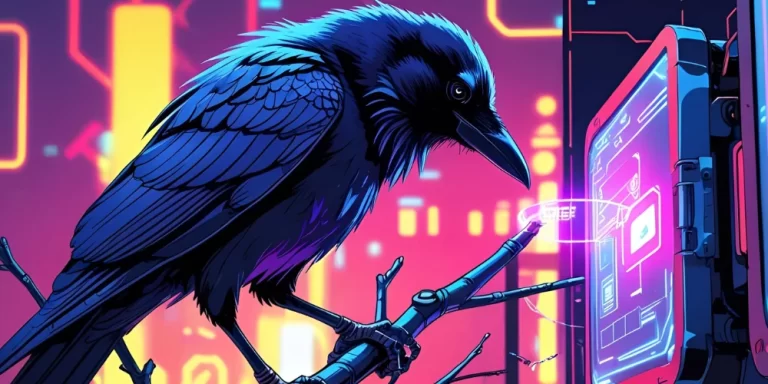Artificial Intelligence (AI) is everywhere right now, and if you haven’t already thought about how it fits into your creative process, it’s time. But before we get caught up in the hype or the fear, let’s take a breath and get clear on what AI really is: a tool.

What Is AI?
I think of AI like a knife. A knife can be used to chop vegetables or it can be misused to hurt someone. The tool itself is neutral — it’s how we choose to use it that matters. The same goes for AI.
For artists, AI can help brainstorm ideas, generate prompts, speed up repetitive tasks, or inspire new directions. It’s not a replacement for creativity — it’s an amplifier when used thoughtfully. It’s a collaborator, not a competitor.
Of course, there are very real worries about ethics, originality, and labor. Those deserve attention and critical discussion. My goal isn’t to ignore those concerns, but to say: let’s engage with AI intentionally, set boundaries, and use it to support our work—not replace it.

AI Is Just a Tool: Transparency, Creativity & Control
Let me get one thing straight right off the bat: I used AI to help me write this blog post.
Does that make it less mine? I don’t think so.
I gave it my words, my ideas, and my voice. I told it what I wanted to say, and then I edited the bones it gave me until it felt like something I’d write with my own hands. Just like sketching something in pencil before I pierce it in metal, this is part of the process. This is still me.
I believe that transparency is important—especially in creative communities. There’s a lot of fear and judgment flying around about AI lately. But to me? AI is a tool. That’s all. And tools are neutral.
A knife can slice carrots or cause harm. A torch can solder silver or start a fire. A hammer can build or break.
It all depends on the hands holding it.
Why I Use AI (and How I Use It)
AI helps me:
- Organize messy thoughts into structured, outlines.
- Draft captions, blog posts, or descriptions when my executive function is low.
- Brainstorm titles, SEO-friendly keywords, or email subject lines.
- Rewrite things in a clearer, more focused way, especially when I’m too close to it.
But I don’t let it take over. I prompt it. I guide it. I edit it.
Just like I don’t let a laser cutter design the piece—it just helps me make cleaner cuts, faster.
This is my creativity, my control, my final say.
But Is It Still “Art”?
That’s the big question, right?
Is it still art if you use AI? Is it still you?
If you use a studio assistant to help stretch canvases, is it not your painting?
If you dictate your memoir and someone transcribes it, is it not your story?
If you use Photoshop to plan a design, is it not your composition?
We’ve been evolving the tools of our craft since the first humans sharpened sticks to draw on cave walls.
AI is just the latest stick.
Final Thoughts
I don’t use AI because I’m lazy or trying to cheat the system.
I use it because I’m busy running a business. I have a studio to clean, pieces to finish, and a nervous system that doesn’t always cooperate. If there’s a tool that helps me create more clearly and communicate more efficiently, I’m going to use it—without shame.
And if you’re here reading this because you’re curious about using AI too?
Welcome. There’s no judgment here.
Use your tools. Use all of them. And don’t let anyone make you feel wrong for finding new ways to amplify your voice.

